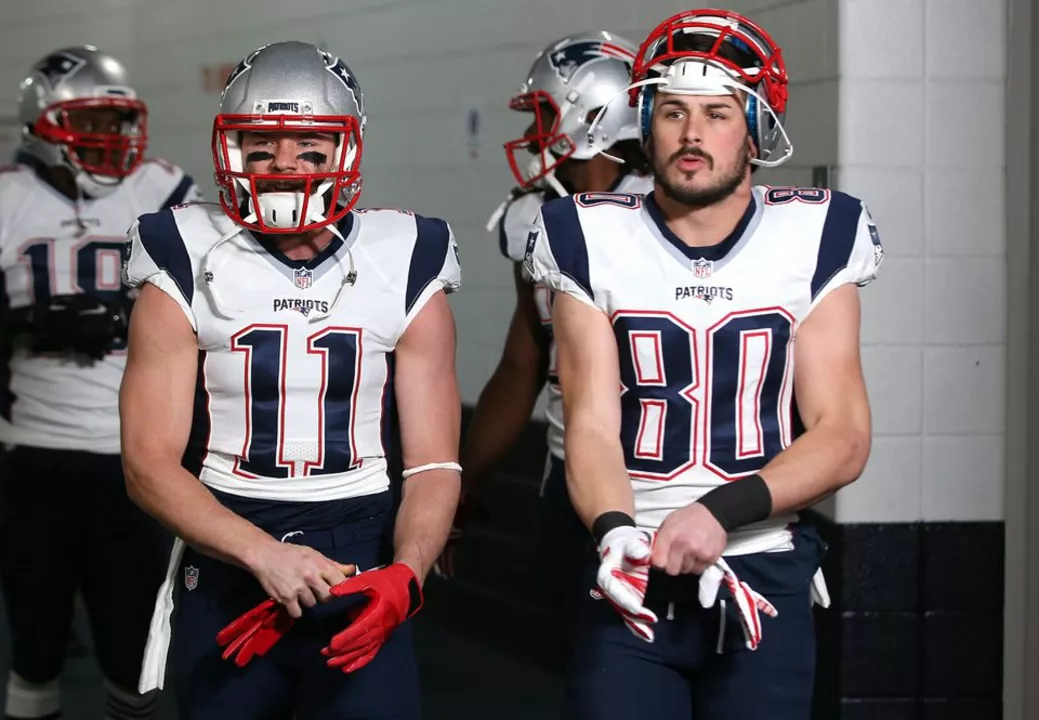Sports Contracts: Why They Matter and How They Work
Ever wonder what goes on behind the scenes when a star player signs a new deal? A sports contract isn’t just a piece of paper – it’s the roadmap that decides salaries, length of stay, performance bonuses, and even a player’s freedom to move. Understanding the basics helps you see why headlines about big contracts cause such a stir.
Key Parts of a Typical Contract
Most contracts break down into a few core sections. First, the salary – the guaranteed money a player will earn each year. Next, guaranteed money that the athlete receives even if they’re cut early. Then come bonuses, like performance triggers for hitting a certain number of goals, making the playoffs, or winning awards. Finally, clause details such as no‑trade clauses, which let players block a move without consent, and injury protections that safeguard pay if they get hurt.
How Negotiations Shape the Deal
Negotiation is a tug‑of‑war between the player’s agent and the team’s front office. Agents push for the highest guaranteed salary and the most flexibility, while teams balance cash flow and roster limits. A big factor is the salary cap – a league‑wide limit that forces teams to spread money wisely. When a team is close to the cap, they might offer a shorter contract with larger incentives, hoping the player will hit those targets and push the total spend higher.
Timing also matters. A player coming off a championship season can demand a premium, whereas a free agent returning from injury might settle for a lower base with a hefty performance bonus. Agents often compare offers across the league to create competition, which can drive the final number up dramatically.
Beyond money, contracts include the player option and team option. A player option lets the athlete decide whether to stay for an extra year, often used by veterans who want flexibility. A team option gives the club the right to keep the player, useful when a team isn’t sure about long‑term performance.
Another hot topic is the dead‑money clause. If a player is cut, the remaining guaranteed salary still counts against the cap, which can limit a team’s ability to sign new talent. This is why clubs sometimes prefer shorter contracts with less guaranteed money – it reduces risk.
Fans love the drama of contract announcements, but the real impact is on the locker room and the payroll strategy. A big contract can free up cap space for other signings, or it can lock a team into a costly commitment that hampers future moves.
So, next time you hear a headline about a multi‑million‑dollar deal, remember it’s more than flash. It’s a carefully crafted agreement balancing risk, reward, and future flexibility for both player and team.

Do NFL teams have to pay out the contracts of players they cut?
NFL teams must pay out the contracts of players they cut, even though their performance may not have been up to standard. This rule is in place to protect the rights of players and to ensure that they are treated fairly and compensated for the work they have done. While teams may be hesitant to part with players who are not performing, they must still honor their contractual obligations. This rule has been in place for decades, and teams must abide by this rule or face serious consequences. Ultimately, NFL teams must pay out the contracts of players they cut, regardless of their performance, to ensure the rights of their players are protected.
READ



